Back in October of 2016, I transitioned from South Africa’s bilateral HIV/AIDS office to USAID’s Regional HIV/AIDS Program (RHAP). Ultimately, my title has remained the same but instead of focusing only on South Africa I now support multiple countries in the region. As such, the breadth of my work has expanded exponentially. Needless to say, I’m infinitely happier!
Meanwhile, so much has happened since my last blog update that it’s difficult to know where to begin! My move to RHAP has allowed me to engage in a variety of projects and initiatives. For starters, I had the honor of participating in a joint Global Fund and PEPFAR HIV stock-taking exercise in Swaziland.
Swaziland currently has the highest generalized HIV epidemic in the world, with an estimated HIV prevalence of 28.8% among the general population of people between the ages of 15 – 49 years. As generalized epidemics mature, evidence shows that HIV incidence (or new infections) can be vastly reduced if HIV programs target the most vulnerable key populations; female sex workers and their clients, men who have sex with men, and persons who inject drugs. As such, the purpose of the HIV stock taking exercise was to help diagnose both barriers and solutions to ensure the flow of key populations throughout the continuum of care (i.e., prevention, treatment and care) cascades.
It was fascinating to explore challenges and successes associated with identifying and testing key populations, linking HIV+ patients to care and treatment, ensuring that patients adhere to their ARV drug regimen (retention), and assessing Swaziland’s ability to conduct viral load testing.

(I purchased several pairs of earrings from this beautiful Maasai woman)
I absolutely loved being part of this team. And it made me miss doing research. Perhaps it’s not too late to return to academia.
Next, I flew to Arusha, Tanzania to launch a project that I inherited in my move to RHAP with the East, Central and Southern African (ECSA) Health Community, a regional inter-governmental health organization that works with countries and partners to raise the standard of health for the people of the region by promoting efficiency and effectiveness of health services through cooperation, collaboration, research, capacity building, policy development and advocacy – (Can you tell that I cut and pasted that sentence from their website – we tend to be quite jargon-laden in this field). Regardless, it’s fascinating to be affiliated with an organization that has a combined member-state population of more than 190 million people!

(I was blown away by her beauty)
After two days of meetings, I had an opportunity to explore Arusha National Park! Mount Meru, a prominent volcano, dominates the landscape of the park. It also happens to be the second highest peak in Tanzania (elevation of 4555 m.), after Mount Kilimanjaro whose elevation is an impressive 5,885m –and located approximately 60 km away from Arusha. Climbing Mount Kilimanjaro remains high on my bucket list…perhaps we need to start planning our ascent!
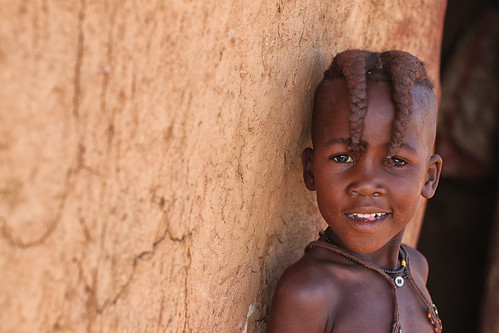
(Young boy with his braids facing forwards)
Highlights of Arusha National Park include the famed black-and-white colobus monkey and the colossal flamingo colonies. The only thing that would have made the experience more magical is if I had my mother by my side, screaming, “Oh my god, unbelievable”…followed by a litany of proclamations on how much she loves Africa…

(The village chief – who has many wives in the community)
And of course, no trip to Arusha would be complete without going to the Maasai Market. It doesn’t matter how long I’ve lived on this amazing continent, I always find something that catches my eye that I want to buy. Plus, I love knowing that I’m supporting locals who rely on sales from their handicrafts to survive.
In addition to Tanzania and Swaziland, I had the opportunity to head to Botswana to conduct a series of SIMS (Site Improvement through Monitoring Systems) site visits; and I’ve had the luxury of returning to Malawi on multiple occasions, but will save these stories for the next blog entry.
And I’m backstopping Namibia and travel there frequently. I have fallen in love with the people, the country, and everyone I work with at the US Mission. In fact, I love it so much I convinced Darren to return with me for the holidays.

(Carrying the maize that we provided)
We picked up a rental car in Windhoek and immediately started off on another epic road trip, which seems to be a theme that permeates throughout our holidays! First stop, Etosha National Park! I must admit, Etosha was my favorite destination from our family’s famous overland tour from Cape Town to Victoria Falls more than fifteen years ago! When David, Sami, Scott and I set out on our grand adventure long ago, Etosha was where I experienced my first African safari – and it was magical. But the most memorable aspect of our trip was wildlife viewing at the watering hole.
Herds of elephants, zebras, warthogs, impala, and other four-legged critters would take their turns lining up along the edges of the watering hole to quench their thirst. One could witness nature’s hierarchy at play, as the animals appeared to dance around one another as new species moved in and pushed others away. And to heighten visitor’s viewing pleasure, the National Park had installed spotlights that illuminated the grounds all night long, so one could observe animal’s nocturnal behaviors. One was more likely to spot rhino and hyenas in the wee hours of the night. I clearly remember falling asleep to the sounds of the hyenas off in the distance, which make a distinct whooping sound.
When Darren and I were making plans, I was adamant that we not only had to stay inside the national park, but also needed to reserve the upscale watering hole chalet at the Okaukuejo Camp! So you can only imagine my disappointment when I waited hour after hour by the watering hole with no animals in sight. The chalets have become a bit run down, the floodlights only marginally working, and despite waking up at all hours of the night to see which critter was feeding its thirst, each trip came back empty-handed.
Hard to know if the reason for the lack of wildlife is due to seasonality (although it was the very beginning of the rainy season, so still very dry), or something more sinister with the volume of wildlife in the park. Or perhaps the animals have simply abandoned this watering hole in lieu of another destination. Sadly, this stay (which also was on Christmas eve) was wildly disappointing.
But, the Etosha pans are gorgeous, with or without the wildlife. And the drive is stunning…in fact, we saw more warthogs along the road than one could possibly imagine. I never tire of watching warthogs run, with their little tails sticking straight up….or when they feed, as if they are kneeling to the earth gods, giving thanks for the food that they are about to eat.

(Cape Cross Seal Reserve – It’s hard to see the magnitude of 200,000 seals in one place)

(But I especially loved the babies)
From Etosha, we drove to northern Namibia near the Angolan border to the small town of Opuwo in the Kunene Region famous for its indigenous Himba tribes. As a photographer, I’ve always dreamed of going here, granted it remains an internal struggle between seeing how this fascinating tribe still lives vs. feeling as if you’re exploiting the population. But, I’m hoping that my photos and even this blog can help educate and expose others to different ways of living that can lead to a deeper appreciation of cultural diversity. I’ve always thrived on embracing lifestyles completely foreign from my own, and nothing seemed more foreign to me than these beautiful people who still respect and live according to the traditions of their ancestors.
As we drove into Opuwo, we started asking around to see if anyone could guide us into one of the Himba villages. Seeing that it was Christmas day, we didn’t want to show up empty handed, so we searched high and low to buy an assortment of gifts: several gallons of cooking oil, twenty-five pounds of maize, ten pounds of sugar, a bag of salt and a variety of sweets for the children.
A young man, for a small fee, gladly jumped in our car and showed us the way to the village. When we arrived, we negotiated with the chief the terms of our stay. We were free to roam around and take photos in exchange for all the gifts.
The Himba are a tribe of nomadic pastoralists. Like other parts of Africa, the women and girls bear the burden of the more labor-intensive work, such as carrying water to the village, collecting firewood, plastering the wooden-framed homes with a mixture of red clay soil and cow manure, cooking meals, milking the cows and goats, and taking care of the children; whereas the men tend to look after the animals.

(The desert can be a bit isolating)
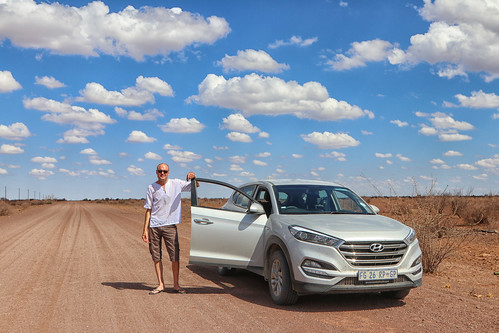
(driving…driving…and more driving!)
The Himba are remarkably famous for covering themselves with otijze paste, a cosmetic mixture of butterfat and ochre pigment, which gives their skin and hair plaits a distinctive reddish tinge. The ochre mixture is also used to cleanse the skin, to protect themselves from the incredibly hot and dry climate and to guard against mosquito bites. Culturally, otijze is considered aesthetically beautiful, with the deep hues of red symbolizing the earth’s soil and blood, or the essence of all life.

(Darren taking a brief break from the climb)
I was mesmerized by the hairstyles and jewelry of both the men and women, which indicates age and social status within their community. Boys have the two braided hair plaits extending forward, whereas girls have many otijze textured hair plaits with decorative tassels on the ends. When a woman reaches puberty, they wear an ornate headpiece called the Erembe, sculptured from sheepskin.
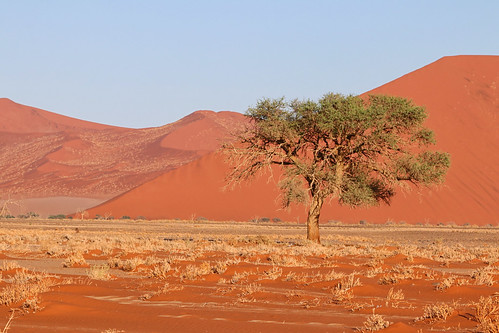
(And this one, although it’s not looking too healthy)
But the most remarkable traits of the Himba pertain to their personal hygiene. Due to water scarcity and living in regions prone to severe droughts, only men were allowed to bathe in water. To this day, women are not permitted to bathe; instead they take daily smoke baths to maintain cleanliness. I was in awe as one of the women led me into her hut to show me how it’s done.

(Largest Sand Dunes in the world)
Considering the fact that their bodies have never touched water, I marveled over their gorgeous complexions, their beautiful smiles, and even their pleasant smell (kind of a sweet, smoky fragrance from the resin that’s burned on the coals). Perhaps they’re on to something…
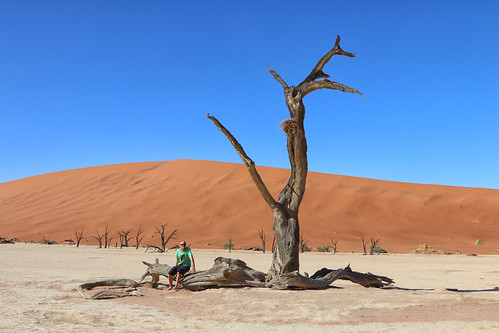
(Darren and the fossilized trees)
After our short visit with the Himba, we drove eight hours towards Khorixas to Vingerklip, one of the most impressive sedimentary rock formations in Namibia. We literally picked this destination simply because it was a mid-point between Opuwo and Swakopmund, and it ended up being a delightful surprise.
For anyone traveling through Namibia, I highly recommend Vingerklip Lodge, where one can enjoy spectacular vistas while pampering yourself in a top-notch resort. We literally arrived late in the afternoon and left early the next day, but I’m hoping to return to this gem of a find. Alas, we were on a mission to get to Swakopmund.
Swakopmund prides itself as the adrenaline sports capital of Africa, offering an abundance of adventure seeking opportunities. In that vein, Darren and I decided to throw caution to the wind, literally, and decided to go skydiving!
Wow, what an exhilarating experience! Truth be told, I’m actually afraid of heights – but found the courage to check this off my bucket-list. Darren and I truly lucked out in that we were the first ones to go up in the plane (there must’ve been thirty people that had signed up that day). We were both totally stoked as we boarded the small aircraft. I was surprisingly calm as I found comfort knowing that we were jumping in tandem with skydiving professionals.

(Rodney and Shawn’s Wedding in Jo’burg)

(Amy & Darren @ the wedding in Jo’burg)
I felt courageous up until the moment when we reached 10,000 meters…the elevation where one jumps out of the plane…or in my mind, the point of no return.

(Celebrating the Chinese New Year)
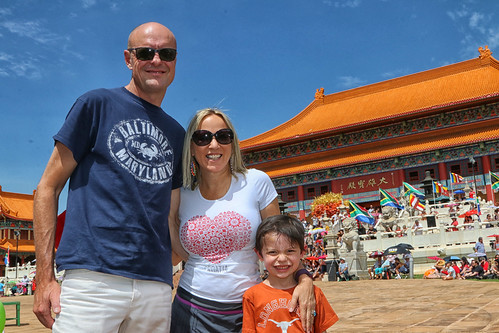
(Family outing @ Chinese New Year)
Fortunately, the anxiety inducing stress in the pit of my stomach dissipated quickly…the only aspect that was truly nerve-racking was when you’re dangling half-way outside of the plane looking down at the ground far below…but once you push yourself over the edge, it’s surprisingly serene.
It was a huge rush free-falling through the air. What startled me was the intense sensation of not being able to breath. The force of the wind against your face was literally suffocating – one needs to be consciously mindful of their breathing – otherwise you tend to hold your breath on the way down.

(Family portrait – from Joshua’s school performance)
Once the parachute opened, I felt totally at peace – as if time were standing still. I gazed at the ocean and desert from my bird’s-eye view with a heightened appreciation. In fact, the entire skydiving experience wasn’t what I had anticipated (which was sheer terror); the jump was the exact opposite, an overwhelming sense of contentment and calmness…I simply loved it.
Sky diving was a hard act to follow, but we made the most of our time in Swakopmund. We drove up the coast to the Cape Cross Seal Reserve, the best-known breeding colony of Cape fur seals. I was blown away by the site of 200,000 seals frolicking in the surf, but the overwhelming odor served as a distractor. Poor Darren could hardly stand the pungent smells of rotting seals and mounds of excrement, so this stop was rather short…
Our final destination on this epic journey was to the Namib-Naukluft National Park, the largest ecological preserve in Africa measuring about 19,300 square miles; and in the center of this magical oasis is Sossusvlei, one of Namibia’s most spectacular landmarks, with its red dunes, white salt pan and Deadsvlei.
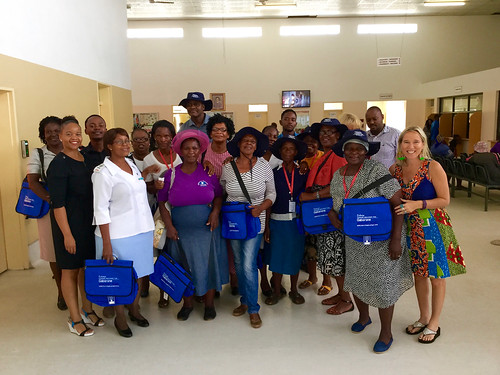
(And more SIMS visits in Botswana)
We climbed the obligatory Dune 45, which is 170 meters high and then worked our way to Deadsvlei, which is without a doubt one of the most beautiful jewels in Namibia. The white limestone clay surface and 900-years-old fossilized trees depicts a landscape suitable for science fiction. And as the sun moves throughout the day, the colors of the sky and the red sands change…a visual delight.

(Celebrating Joshua’s 6th Birthday)
We spent our New Year’s Eve in Sossusvlei and quietly rang in 2017 in the heart of the desert.
By and large, we had an amazing holiday and a spectacular year! I feel quite fortunate and blessed to have a job I love, a husband I adore, and a household complete with four dogs that make me smile every time I walk through the door.
We will be returning to the states this summer for a family reunion in Maine, training in DC, followed by my 30th high school reunion in Kansas City! Looking forward to catching up with friends and family in the months ahead.
Much love,
Amy





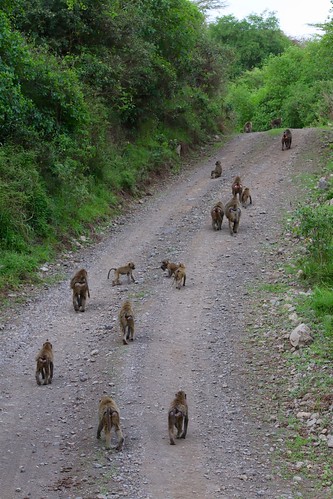
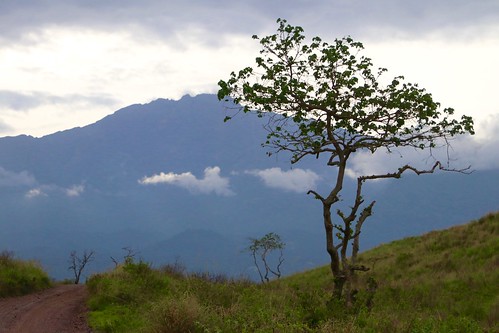


















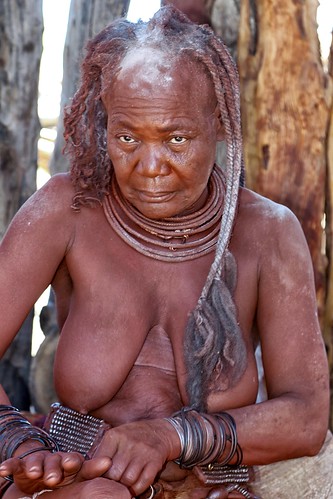
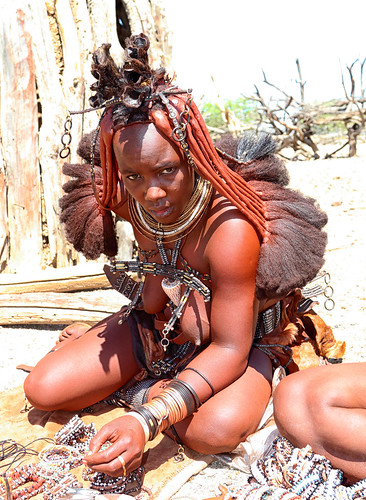

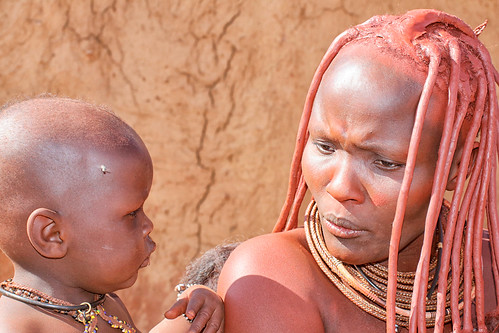
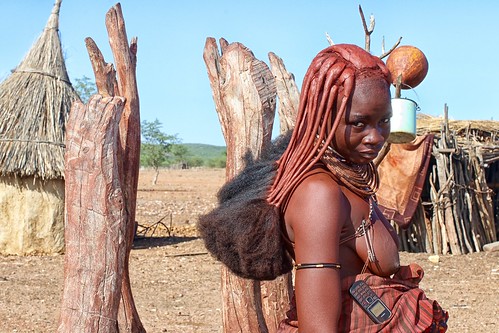


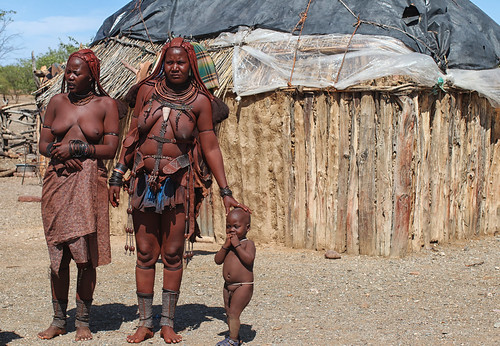
















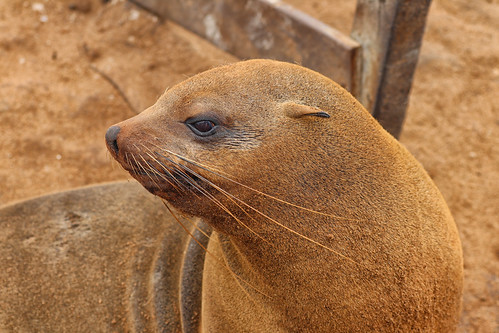

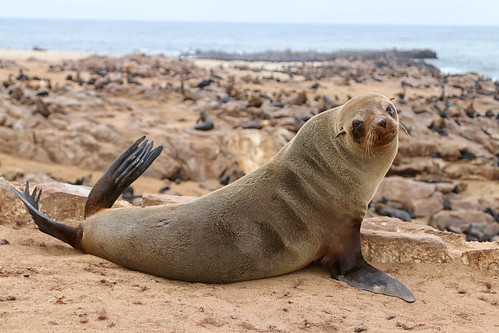







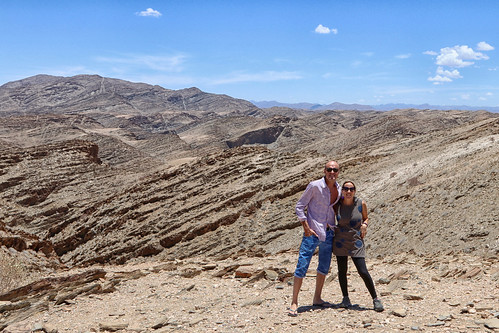
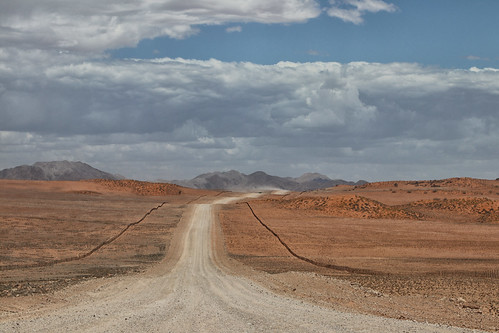




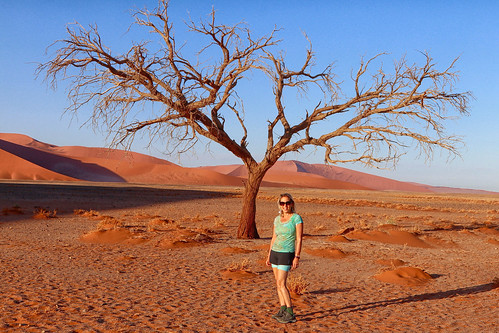




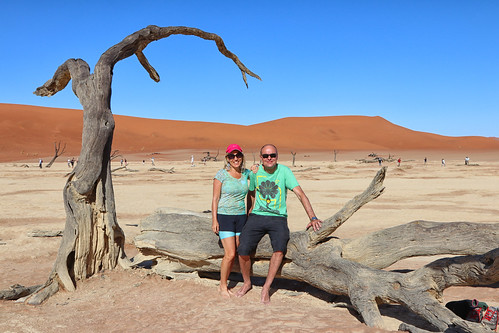
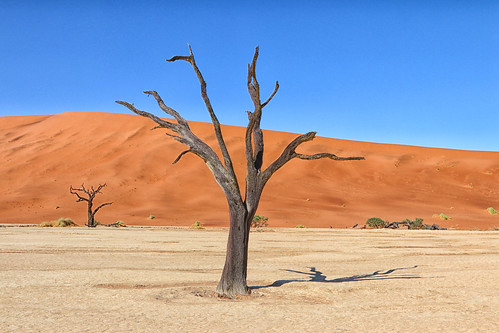



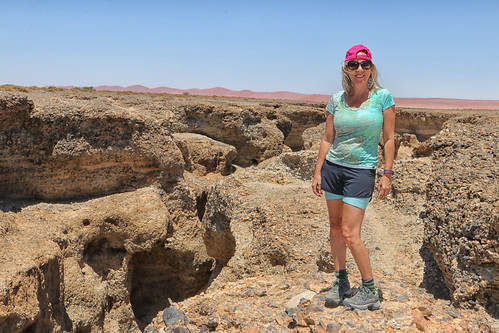


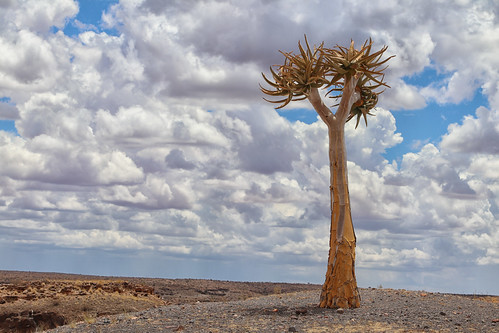



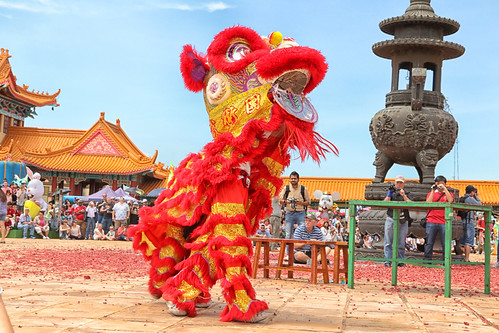

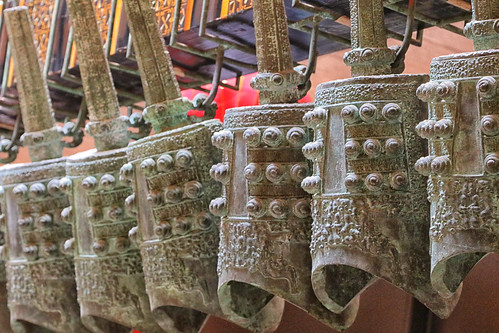
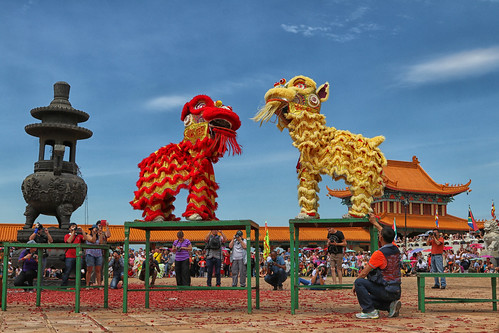












most amazing journal entry yet!
glad you and darren are getting to see and appreciate so much of fabulous Africa and its cultural diversity! Let alone the wildlife!
Am proud of you both!
Sending love,
Merryland